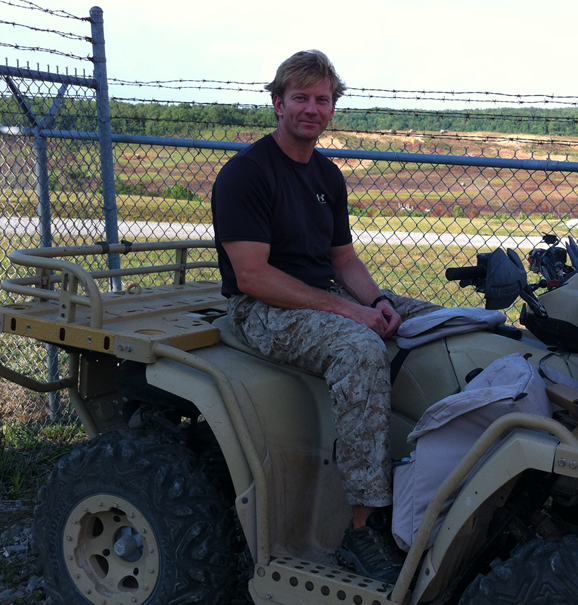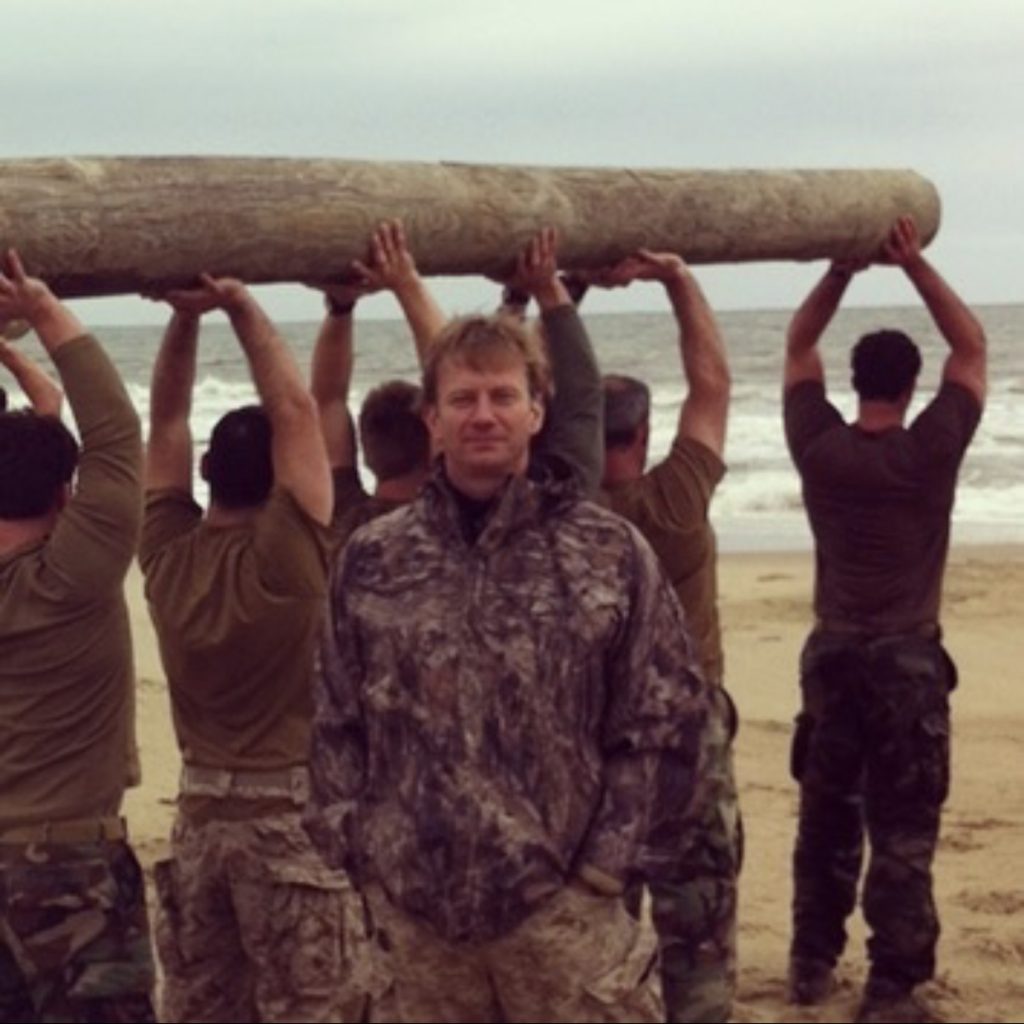
Interviewing the founder and director of the Operator Foundation, Ron Mahrs
Ron Mahrs, founder and director of the Operator Foundation, is a seasoned Tier 1 veteran. Ron was a SEAL for over two decades, with his last 15 years in the Navy spent as an operator in the Special Missions Unit. Before retiring, he was the Officer in Charge of selection and training for Special Missions.
Today, he continues to serve by giving back to Gold Star families of fallen operators through his foundation.
Q: What are the physical requirements to become a Navy SEAL?
A: A popular misconception is you have to be this muscle-bound superhuman type of person to start training for and successfully complete the basic underwater demolition SEAL (BUD/S) program. That’s been proven wrong. You’ve got to be well rounded. We’re looking for people who can be strong over time and persevere.
The requirements are as follows; you’ve got to be able to run a mile and a half to three miles at about a 6:30 minute pace. That will get you into the arena. Make sure you’re doing clean push-ups. 100 push-ups in two minutes. 100 sit-ups in two minutes.
You’ve got to be a good swimmer, but you don’t have to be an expert swimmer. So you got to be able to swim 500 yards in nine and a half to ten minutes using the sidestroke, or the combat recovery side stroke. You can Google combat side stroke or underwater recovery stroke. It’s much more efficient. That is the technique you will use if you go to BUD/S.
I tell you guys don’t think of the minimum standard.
If you’ve got 12:30 or 13:30 mins to do a mile and a half run, you want to exceed the required minimum distance. Completing the bare minimum was never on my mind. My approach was going as far as I can in the time I’m given. If I’ve got to do 80 push-ups in two minutes, that is not my goal.
I’ll be shooting for 120. You’ve got to think of it that way. If the pull-up standard is ten, you go in and give 20.
Q: What are the mental requirements like?
A: The most substantial mental requirement that folks need to consider if they’re looking to go into these special operations programs is stability. We’d like for guys to be one standard deviation above the mean for I.Q., which means 98 to, maybe 115, 120. That’s kind of the range that we’re looking for. That being said, the U.S. national average is 98 to 100. If you are in that range, there’s potential for you to make it through the program. You know, a lot of it is a person’s perseverance, stability, and character. And then mentally, you’ve got to be stable.

If you’re the kind of person that gets extremely frustrated when someone tells you you’re not doing well, that will be a problem. You’ve got to have thick skin. Don’t try to forecast the future. While attending BUD/S don’t think long term.
If your lifespan is 80 years, passing selection is one tiny part. While attending BUD/S, don’t think of it in phases. I thought of it as I’ll get through this week. All I got do is get through today. And then tonight I’m going to be eating dinner and I’m going to go to sleep. Tomorrow’s another day. See? Mentally, you’ve got to be able to do that.
If you can’t do that, it will be a downward spiral. And I’ve seen guys focus too much, spent too much energy, on the things that they shouldn’t be doing and not spending enough time on what they should be focused on today.
Q: What does a good day on a job look like?
A: Starting out the morning with the guys. Conducting a team, physical training evolution, hitting the shooting range, and grabbing lunch. In the afternoon, we would run the shoot house. Early evening, we are parachuting out of a C17 with these big 40-foot cigarette boats, land in the water, come back to the unit, downstage all your stuff, and clean everything up.
That night you’re out having dinner, a couple of beers with your buddies you just did all that stuff with. That is a day in the life. Nobody else around you knows what you guys did that day. Doesn’t get any better than that.
Q: What does a bad day on the job look like?
A: A bad day is when you lose a teammate. Having to notify next of kin that they’ve lost family members. We invest heavily in selecting and training to mitigate loss as much as possible. It is not a regular occurrence. However, when it does happen, we’ve got to step up and be leaders for the family and the organization. The mission doesn’t stop.
Q: What are the right and wrong motivations for joining the SEAL teams?
A: That’s a great question. The best way for me to explain it to young folks is from the perspective of me being in their same position.
I was in the regular Navy. I didn’t know anything about the SEALs, or these programs. I went to boot camp. Here I am, an E4, Petty Officer Third Class in the Navy. I find out there is a specialized community. They are surrounded by mystique and hugely respected. They are the best guys that we have. That alone was the draw for me. Think about what the draw is for the individual.
If your motivation to join the special operations community is to go to combat and take lives, you aren’t the person we are looking for. When I joined the SEAL teams, I did it because people told me I couldn’t do it. That’s really the bottom line.
Editor’s note: Ron Mahrs is currently a consultant and staff writer for Strike Source.
